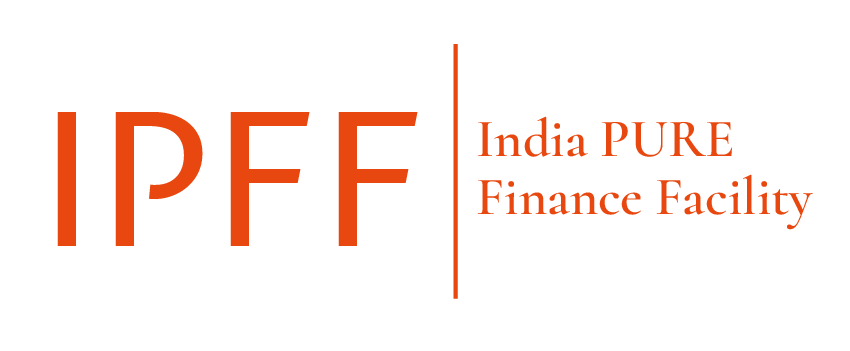Library
Climate Policy Initiative (CPI) serves as the Program Manager for US-India Clean Energy Finance (USICEF). CPI is an analysis and advisory organization that works with governments, financial institutions, and businesses to drive economic growth and address climate change. To learn more about CPI’s team, visit climatepolicyinitiative.org.
As part of CPI’s work to manage the US-India Clean Energy Finance initiative and its sister initiative, the US-India Catalytic Solar Financing Program, we have developed several insights and in-depth analytical products of relevance to the distributed renewable energy sector.
The Future of Distributed Renewable Energy in India
India will require an annual DRE investment of USD 18 billion by 2024, a 10x increase from current levels to meet its sustainability targets. This CPI report outlines the benefits and market potential of India’s DRE sector, examines the current policy and institutional landscape, and provides tailored recommendations for the different stakeholders.
Read MoreDrivers and Challenges for Rooftop Solar Loans to Small and Medium Enterprises in India
In this report, we assess the viability of the CAPEX loan model, a similar model to the existing CAPEX cash model, where the customer makes the upfront payment to finance the solar assets. This payment is, however, financed by a mix of the customer’s own equity and a commercial loan taken directly by the customer...
Read MoreCredit Support Pathways for Rooftop Solar Projects in India
India, under the Intended Nationally Determined Contribution (INDC), has set an ambitious target to achieve installed capacity of 175GW of renewable energy by 2022, including 100GW of solar power. Of that, the government aims for 60 GW to be utility-scale solar, and the rest to be rooftop solar. Though India has made significant progress...
Read MoreTransitional Foreign Exchange Debt Platform: Paths to Enable Foreign Currency Debt to the Rooftop Solar Sector in India
Low access to debt capital remains one of the key barriers to achieving the Indian government’s target of 40GW of rooftop solar installations by 2022. Foreign capital can help bridge the gap in debt availability for rooftop solar, however, foreign currency debt exposes rooftop solar project sponsors to the risk of foreign exchange rate fluctuation...
Read More